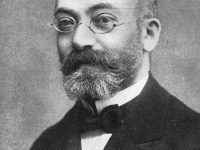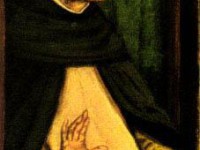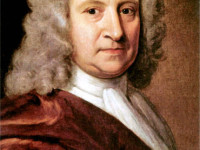Ernst Chladni – The Father of Acoustics
On November 30, 1756, German physicist and musician Ernst Florens Friedrich Chladni was born. His most important work, for which he is sometimes labeled the father of acoustics, included research on vibrating plates and the calculation of the speed of sound for different gases. He also undertook pioneering work in the study of meteorites and so is also regarded by some as the father of meteoritics. Ernst Chladni – Early Years Although…
Read more






